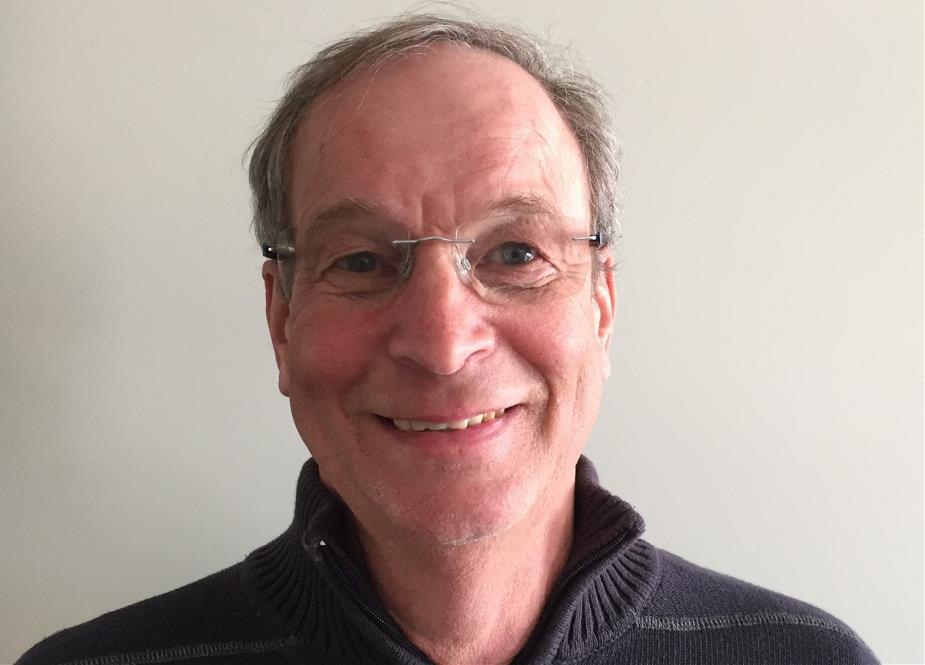Everyone’s own energy grid!
16 March 2022
A totally self-sufficient house, where you generate, store and release your own energy using the most sustainable techniques. To achieve this, we are working with various partners in the Smart Hydrogen Powered Local...

A totally self-sufficient house, where you generate, store and release your own energy using the most sustainable techniques. To achieve this, we are working with various partners in the Smart Hydrogen Powered Local Energy Systems (SHPLES) project. Here, we test a functional and affordable circuit of solar panel, battery, electrolyser, fuel cell, heat pump and buffer tank. The project is ambitious and complex, says lecturer Arie Taal. He laughs: ‘The calculations needed for this cannot be done on a matchbox.’
The gas tap is shutting off, the electricity grid is locked up, while our energy needs are constantly rising. It is becoming more and more interesting to be self-sufficient. And with the current state of the planet and technology, it is also becoming more and more logical. ‘The future lies in generating and storing energy on a local level,’ says Arie. ‘The question is how to make it affordable. Of course, you can use expensive and high-powered devices to be self-sufficient. But it can only become accessible to a small budget in the right combination, powers and dimensions.’
Long- and short-term storage
Storing energy is the main component of this project. ‘If you only generate energy with solar panels, you will have a surplus in the summer and a shortage in the winter. The energy grid cannot cope with this mismatch, so you have to look locally for a form of long-term storage. We can find it in the form of hydrogen. In summer, you can produce your own hydrogen with an electrolysis device. While in winter, you can convert that hydrogen back into electricity using a fuel cell. This not only releases electricity, but also heat,’ says Arie. ‘That is nice of course, but there’s a good chance you won’t be able to use all that electricity and heat straight away. So you need energy storage again, but this time on the short term. We use a battery and a hot water tank for this purpose.’
Fine-tuning with digital twins
On paper it seems simple, but there are thousands of combinations possible. Therefore, in addition to building the system in practice, SHPLES works with simulations or ‘digital twins’. As Arie says: ‘Each cooperation partner focuses on one part of the chain. With students of the minor in Sustainable Energy Technology from The Hague University of Applied Sciences, we are researching the storage capacities required for heating. It is particularly important to coordinate the control of the components properly, but you need to deal with other components as well. In the simulations, we also use weather data from the KNMI (Royal Netherlands Meteorological Institute), to determine how much heat is required for example. What’s more, you have to deal with other elements such as family composition in order to assess energy needs. So it’s really all about fine-tuning!’
SHPLES started on 1 January and is now in the orientation phase. The project will run for 2 years and the cooperation partners are: The Green Village, TU Delft, Wintersol, HyET and Netstack.
This interview is part of the Month of Energy Transition by the Mission Zero Centre of Expertise.